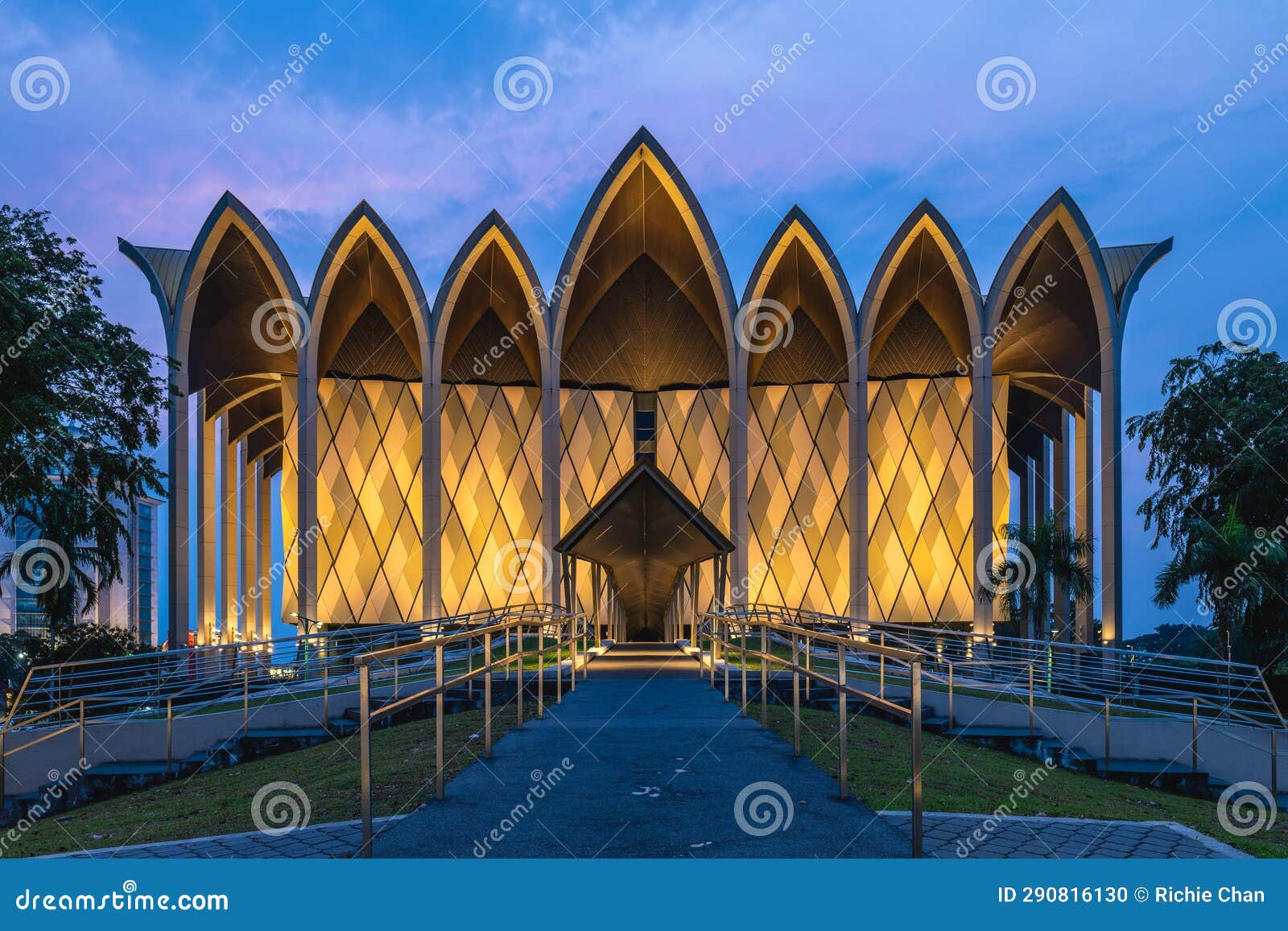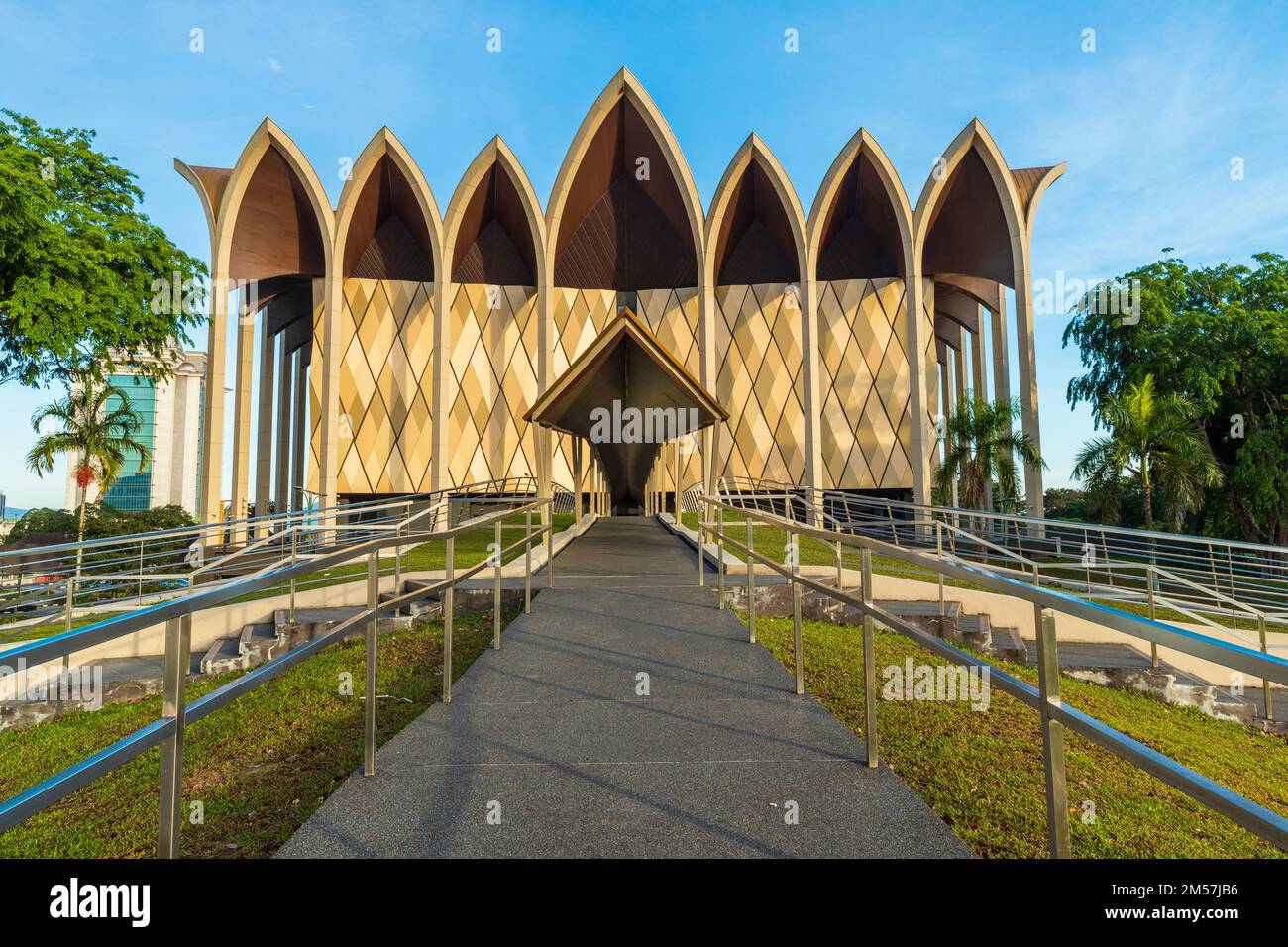Borneo Cultures Museum: Entrance to Indigenous Knowledge
Borneo Cultures Museum: Entrance to Indigenous Knowledge
Blog Article
Explore the Interesting World of Borneo's Cultural Heritage: A Comprehensive Guide to the Cultures Gallery Experience
Submersing oneself in the complex tapestry of Borneo's cultural heritage is comparable to starting a voyage via time and tradition. The fusion of native tribes, traditional handicrafts, fascinating performances, and historical stories housed within the confines of the island's museums supplies a glance into a globe including profound heritages and dynamic personalizeds. As visitors traverse with these databases of culture, they are bid to explore a world where past and present intermingle, welcoming contemplation on the strength and richness of Borneo's diverse heritage.
Aboriginal Tribes of Borneo
Borneo is home to over 50 aboriginal tribes, each with special cultural methods and practices that have been protected for generations. Amongst these tribes are the Iban, understood for their traditional longhouses and complex tattoos where multiple households stay. The Dayak people, one more famous group, engage in sophisticated spiritual events and are competent artisans, crafting intricate timber carvings and woven fabrics. The Penan tribe, on the other hand, are nomadic hunter-gatherers with a deep link to the rain forest, making use of blowpipes for searching and event wild plants for sustenance.
These indigenous tribes play a crucial duty in maintaining Borneo's rich cultural tapestry. Regardless of outside impacts and modernization, numerous tribes remain to maintain their ideas, custom-mades, and languages. Site visitors to Borneo have the chance to immerse themselves in the special way of lives of these people via cultural scenic tours, homestays, and community-based tourist efforts. By engaging with these native areas, site visitors can obtain a deeper recognition for the variety and resilience of Borneo's indigenous heritage.
Standard Handicrafts and Artefacts

One popular example of traditional handicrafts in Borneo is the manufacturing of woven goods - Borneo Cultures Museum. Proficient weavers make use of natural fibers like bamboo, pandan, and rattan entrusts to produce intricate baskets, floor coverings, and devices embellished with colorful patterns that hold symbolic meanings within the neighborhood
The art of woodcarving is one more significant facet of Borneo's conventional handicrafts. Craftsmens sculpt detailed styles into different sorts of wood to create masks, sculptures, and musical tools that not just offer useful functions yet likewise hold social relevance, often read the article portraying mythology or spiritual beliefs.
In Addition, Borneo is renowned for its beadwork, with craftsmens meticulously crafting beads from materials like glass, seeds, and shells to create fashion jewelry, garments embellishments, and attractive things that showcase the region's vivid aesthetic customs. These typical handicrafts and artifacts not just function as substantial expressions of Borneo's social heritage but additionally provide understandings into the neighborhoods' ideas, values, and method of life.

Social Performances and Festivals
With a deep-rooted link to their cultural traditions, the communities in Borneo come to life with vivid cultural efficiencies and festivals that celebrate their heritage. Visitors to Borneo can immerse themselves in these festivities, gaining a deeper understanding of the region's social heritage and experiencing the warm friendliness of its people. Cultural performances and celebrations offer as a lively suggestion of Borneo's rich cultural tapestry and the value of maintaining these practices for future generations.
Historic Stories and Artefacts
Checking out the historic stories and artefacts of Borneo provides an interesting peek into the region's rich past and social development. Borneo's historical tapestry is woven with diverse influences, reflecting the communications in between native tribes, Chinese traders, European colonizers, and Malay sultanates. The artifacts located in Borneo display this elaborate background, varying from traditional crafts like detailed beadwork and woodcarvings to historical treasures such as ancient pottery and devices.
One of the most engaging elements of Borneo's historical narratives is the conservation of oral practices gave with generations. These stories provide understandings into the ideas, personalizeds, and lives click site of Borneo's inhabitants throughout the centuries. In addition, the artefacts unearthed from historical sites offer tangible connections to these stories, allowing visitors to witness the material society of past societies firsthand.
Contemporary Cultural Conservation Initiatives

Additionally, curricula and social exchange tasks play a crucial role in increasing understanding about the relevance of protecting Borneo's one-of-a-kind social heritage. By engaging schools, galleries, and the broader community in discussions and activities that commemorate Borneo's diverse cultures, preservation efforts can get energy and assistance for long-term sustainability. Collaborations in between governmental bodies, non-profit companies, and regional neighborhoods are crucial in driving these preservation ventures forward, making sure that Borneo's abundant social heritage stays vivid and cherished for generations ahead.
Conclusion
Finally, the social heritage of Borneo is diverse and abundant, with aboriginal people, conventional handicrafts, cultural performances, festivals, historic narratives, and modern preservation efforts all contributing to its originality and helpful site importance. Visitors to Borneo's social museums can acquire a deeper understanding and appreciation of the area's cultural heritage, enabling a much more immersive and informing experience.
Immersing oneself in the elaborate tapestry of Borneo's cultural heritage is akin to beginning on a trip with time and custom.With a deep-rooted connection to their social customs, the areas in Borneo come to life through vibrant cultural performances and events that celebrate their heritage. Social performances and celebrations offer as a dynamic suggestion of Borneo's abundant social tapestry and the relevance of protecting these practices for future generations.
Moreover, academic programs and social exchange tasks play a critical duty in increasing recognition concerning the significance of maintaining Borneo's special social heritage. Collaborations in between governmental bodies, charitable companies, and local areas are necessary in driving these conservation ventures onward, guaranteeing that Borneo's rich cultural heritage remains dynamic and treasured for generations to come.
Report this page